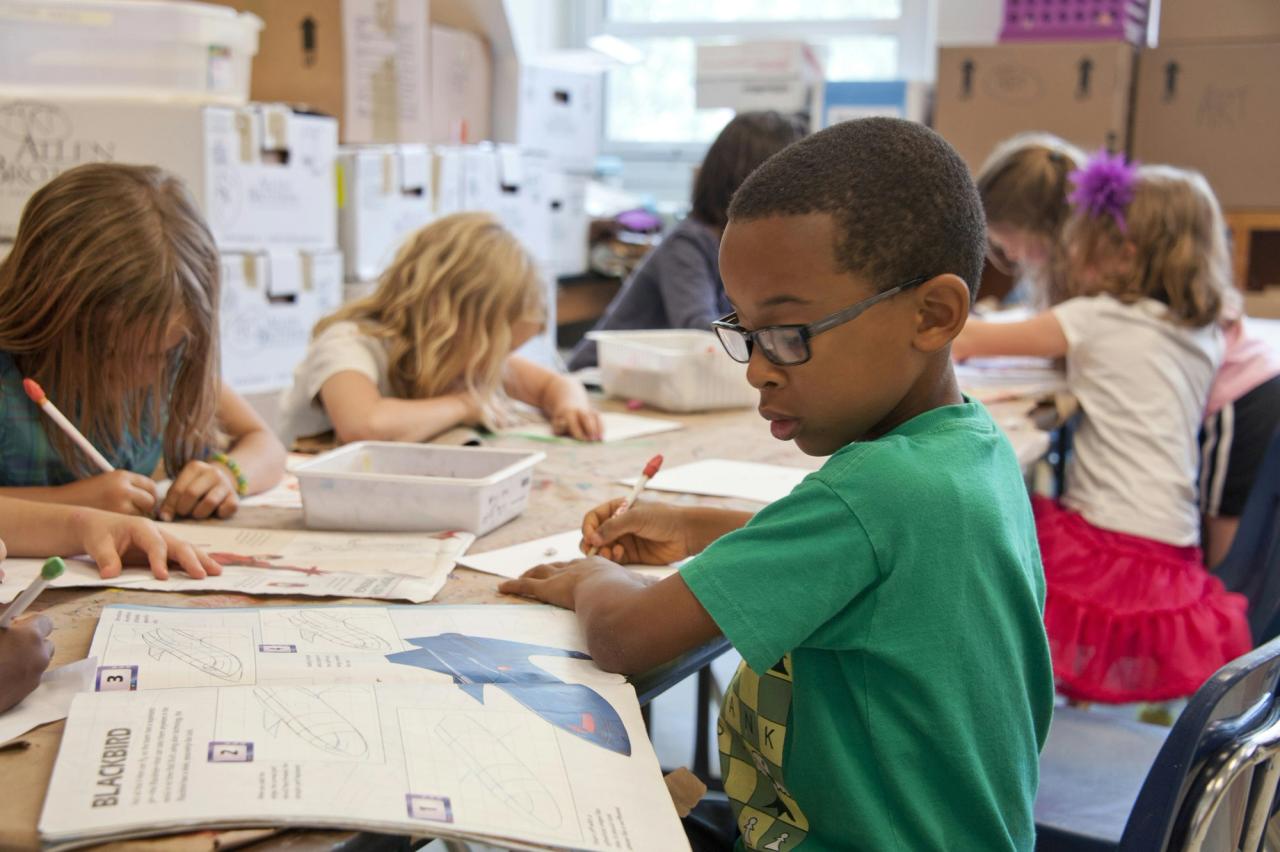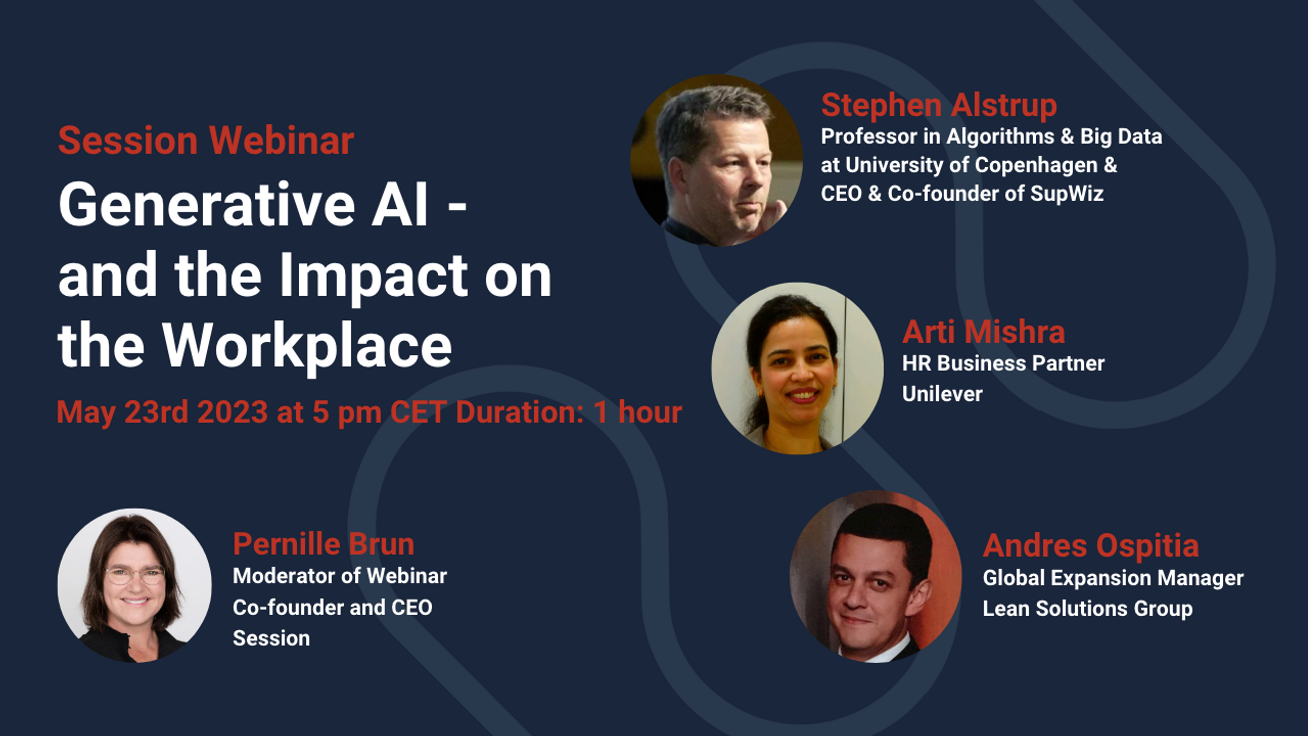We find ourselves in a paradoxical situation. On one hand, there's a labor shortage in various industries around the globe. On the other hand, most of these jobs require at least a secondary level of education and often also basic IT skills. Yet, access to quality education remains unevenly distributed. While some have a plethora of educational resources at their fingertips, millions around the world lack even basic access to education.
"Education is the most powerful weapon which you can use to change the world." – Nelson Mandela
Imagine for a moment a world where education and lifelong learning are accessible to everyone, regardless of their socioeconomic status or geographic location. In such a scenario, remote work enabled by information technology could lift entire countries out of poverty, leveling the playing field in ways we've yet to fully comprehend.
What’s going Well?
As of now, the Earth is home to over 8 billion people. Since 1950, the global literacy rate for males and females that are at least 15 years old has surged from 52% to 86.3% in 2024. Of the global adult population, 66% have completed secondary education, and impressively, 40% have completed tertiary education. These are no small feats and represent an enormous leap forward in a relatively short span of time. Hans Rosling has done a great job at pointing out these achievements and the upward trend.
Access to Education is not Universal and Equitable
However, these statistics also reveal that access to education is not equitable. There are significant differences in terms of geography, ethnicity, gender, and socioeconomic background. Consider the plight of girls in Afghanistan, whose educational journey may be cut short at the age of 12. Consider the millions of people living in refugee camps who are traumatized by war and conflict and are given little opportunity in life.
There is still a long way to go. Our current system struggles to scale and fails to address the diverse needs of a global student body.
An Archaic - but Social - System
The traditional structure of a single teacher addressing a classroom full of students remains largely unchanged and is clearly an inefficient use of resources. Classroom education does not cater for the individual needs of the students. It is education towards the mean. Fast learners quickly get bored and distracted and slower learners struggle in learning the fundamentals before the class has moved on.
In all fairness - our current system has survived for centuries because it was the best model humankind could devise. Societal and technological development wouldn’t have happened to this extent if it hadn’t been for education. But our current school-system is outdated, and it is not preparing students for the future of work.
Our educational system is, however, also a social system. We learn with others and form lasting friendships. The classroom is a sounding board for reflection and discussion and social bonding. And it takes reflection to turn learning into applicable knowledge. Therefore, we must keep the parts that seem to work (the social and reflection/discussion parts) and replace those that don’t (the relevance, accessibility and tailored parts).
The Classroom Moved Online
During Covid we succeeded in moving the classroom and learning materials online. This was no small feat and the success is very much thanks to all the great teachers and educators who made the leap and moved to digital tools almost overnight. As humankind we were very fortunate that online meeting tools and digital learning technologies were already prevalent. Digitalization literally allowed us to overcome the pandemic without bringing business and education to a halt.
The Social Dimension of Online Education is Unresolved
We have come a long way in developing educational technology, but the high fidelity of in-person social interactions has been challenging to replicate online. Granted - online meeting tools allow us to break into smaller online meeting rooms with higher intimacy, but we are nowhere near the fidelity of our IRL (in-real-life) 3-dimensional world. We are now facing the consequences of prolonged isolation and lack of social interactions during Covid. Students of all ages are suffering from a rise in mental health issues and higher suicide rates. Coming up with new ways of supporting social interaction in online education is paramount, if we want to scale the benefits of learning online.
Universal Access is a Must Win Battle
Given our ability to navigate through crises like the pandemic, it's evident that universal access to education is within reach. This is not just an option but a necessity, especially when we consider ongoing and looming challenges from raging wars and conflicts, climate change, geopolitical instability, labor shortage and other pressing global issues. We simply cannot afford to let so much talent go untapped in finding solutions to our challenges.
The Promise of Technology
Technology presents us with an opportunity to make learning more accessible, affordable, and tailored to individual needs. The goal isn't to replace human facilitators but to augment them; making education a more equitable and inclusive experience for all.
Gamification, Virtual and Augmented Reality
The realm of online gaming, particularly in Massively Multiplayer Online Role-Playing Games, showcases the potential for rich social interactions and community building in digital spaces. Players in these games collaborate to complete quests and explore extensive virtual worlds, hinting at the possibilities for similar engagement in educational settings.
Take, for instance, the imaginative world of Ernest Cline's "Ready Player One". In this science fiction narrative, the protagonist Wade Watts embarks on a quest within the virtual reality game OASIS, a world where educational and social experiences are deeply intertwined through VR technology. Players use visors (virtual reality headsets) and haptic technology (3D touch) to interact with other players and objects in this simulated world. This concept isn't just fictional speculation. In real-world applications, VR and AR technologies are already being tested in classrooms, offering students from diverse geographical and socioeconomic backgrounds the chance to experience enriched, interactive learning environments. For example, Labster, a Danish software company, has developed a virtual 3D laboratory offering interactive STEM courses. Their VR simulations demonstrate how traditional lessons can be transformed into captivating, immersive experiences, thereby increasing student engagement and knowledge retention.
Augmented reality adds another layer, blending digital elements with the physical world. Imagine a scenario where students in remote areas participate in a hands-on arts class: they're painting on a real canvas, while AR technology like Quiver Vision brings 2D images to life and overlays dynamic information about color theory. Similarly, AR can bring a physics experiment to life, turning simple cardboard instruments into interactive learning tools.
It's important to recognize that these technologies aren't proposed as a total replacement for traditional education, but as a complement, particularly for those who lack access to physical classrooms and peer interaction. In summary, VR and AR are not just futuristic concepts; they are practical, accessible tools that can make education more inclusive, engaging, and effective for learners worldwide.
Artificial Intelligence in Learning and Education
In the realm of education, artificial intelligence (AI) is becoming a pivotal tool, especially since providing in-person education to everyone is not always practical or scalable. AI's capabilities extend far beyond traditional educational methods, offering innovative solutions to both students and educators. Here are some examples of how AI is transforming learning:
For Educators: AI can assist educators in providing personalized feedback on student assignments, alleviating the workload and allowing more time for individualized attention. Additionally, AI-driven analytics can help educators identify areas where students struggle, enabling timely intervention.
For Student Support: AI can act as a digital learning companion, offering real-time assistance and personalized guidance, akin to having a dedicated tutor. This aspect is well explained by Sal Khan of Khan Academy in his TED talk, where he highlights AI's potential in personalizing education. This can be particularly transformative for students in remote or underserved areas where access to qualified teachers is limited.
Adaptive Learning Environments: AI can create dynamic, adaptive learning environments that respond to the individual needs of each student, tailoring the curriculum to their unique learning pace and style.
In conclusion, AI stands not just as a technological advancement, but as a key to unlocking more inclusive, personalized, and effective educational experiences. By leveraging AI, we can take significant steps towards democratizing education, making it accessible and equitable for learners across the globe.
Embracing a Mix and Match Model in Educational Technology
In the rapidly evolving landscape of educational technology, the adoption of a 'mix and match' model, grounded in interoperability and open standards, is crucial. This approach, contrary to monolithic systems tied to a single vendor, allows educational institutions to combine the best tools and resources from various sources, creating a more dynamic and effective blended learning environment.
The advantages of such a model are manifold. It fosters a competitive market, encouraging innovation and quality improvement among technology providers. Schools and institutions can select from a wide array of options, tailoring their technology stack to meet specific educational needs and goals. For example, a school could integrate an AI-based learning companion from one vendor with a virtual reality environment from another, ensuring each component aligns with its educational strategies.
However, this model does come with challenges, such as ensuring seamless integration and maintaining consistent quality across different platforms. Overcoming these challenges requires a commitment to open standards and collaboration among technology providers.
The goal is to create an ecosystem akin to an operating system for learning and education, where various applications and tools can work together harmoniously. This system would not only enhance the learning experience but also ensure that education remains adaptable and resilient in the face of changing technological landscapes.
In summary, the future of educational technology lies not in single-vendor solutions, but in a diverse and interoperable mix and match model. This approach is key to providing flexible, innovative, and effective education for all learners, regardless of their location or background.
Summary
Education is not just a basic human right; it's a cornerstone for a prosperous and equitable society. As affirmed in Article 26 of the Universal Declaration of Human Rights, access to education is essential for everyone. Yet, our ambition should extend beyond basic education. We must strive to provide higher education and lifelong learning opportunities for all, free of charge.
Technology stands as the key to unlocking this vision. It offers scalable, equitable, and affordable solutions for educational access and quality. However, we face the challenge of ensuring that these technological solutions adequately address the crucial social aspects of human interaction, a lesson we can learn from the first generation of online education.
Drawing inspiration from industries like gaming, we can create engaging, interactive, and socially-rich educational experiences. Furthermore, the integration of artificial intelligence in education will empower learning professionals to provide more personalized and effective teaching, thereby enhancing the learning process.
At Session, we are committed to contributing to this transformative journey. Our goal is to bridge the gap between students and educators, mentors and mentees, ensuring that learning is not just accessible, but also meaningful and impactful for everyone. Together, we can build a future where education is a universally accessible right, not just a privilege for the few.










